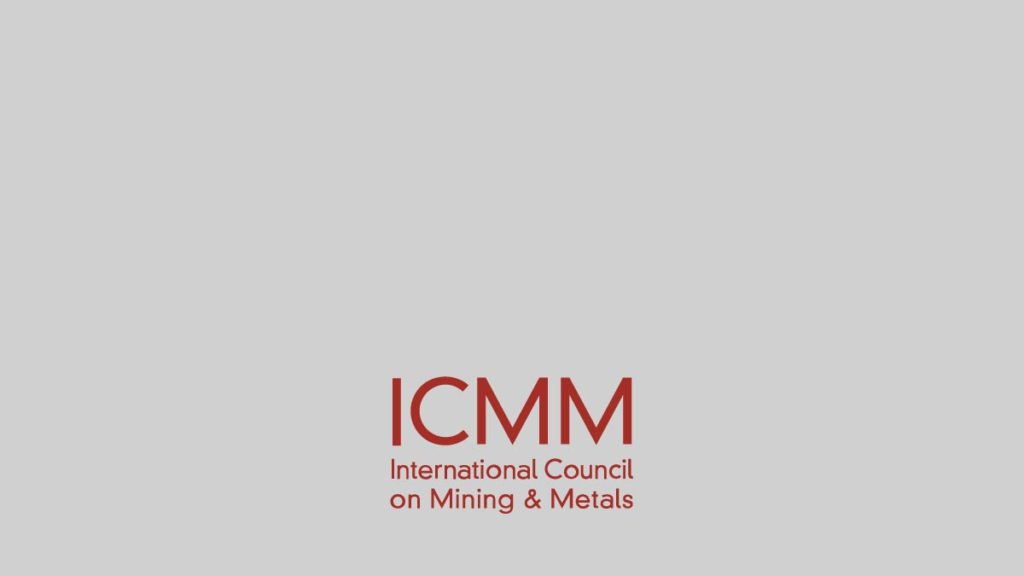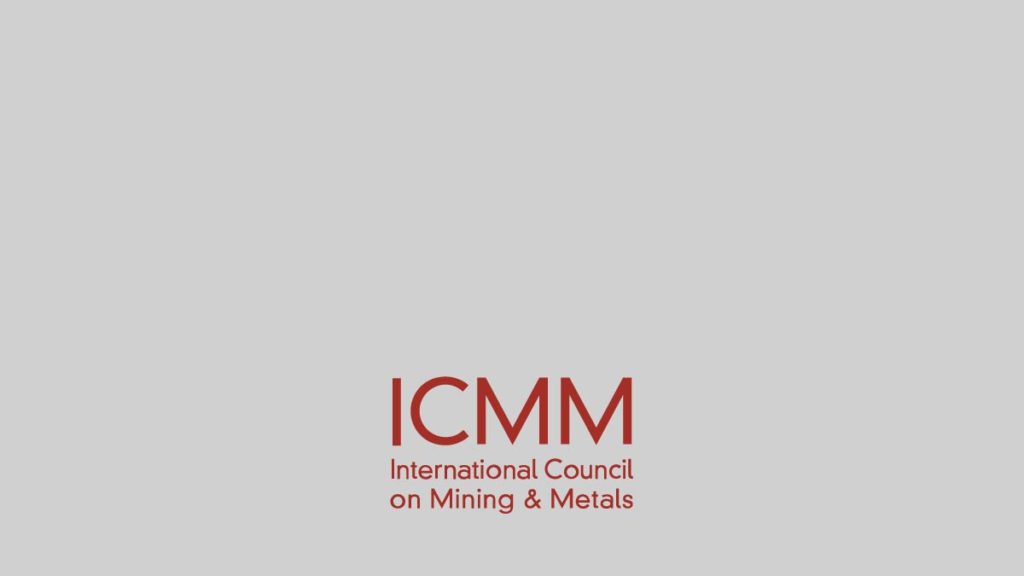
Element 1 – Knowledge Base
The knowledge base (p15) is the information that will inform site-specific closure planning.
This knowledge advises all aspects of the closure plan, from setting the vision and objectives, through to designing engagement programmes, evaluating risks, selecting closure activities, and defining success criteria.
Knowledge Base
The knowledge base allows:
- Complexity of the environmental and social setting to be better understood
- Identification of closure risks and opportunities
- Identification of data gaps and development of activities to close them
- Identification of potential post closure land uses
- Support for development of success criteria
- Identification of trends, in both environmental and social-economic data
- Understanding of cumulative impacts and changes that may result from commissioning or decommissioning of other industries that have influence over the mine’s project area
- Identification and assessment of possible closure-related impacts and operational management or mitigation
- Mitigates some of the risk that comes from turnover of closure practice
Top Tips:
- Gaps in the knowledge base may affect risk assessments (p31) – a knowledge base gap analysis should be undertaken
- When mining in areas without country-specific mine closure regulations, consider applying requirements for closure that are consistent with good practices in more mature regulatory environments
Community, Economics, Environment, Ethical Business, Management, Rehabilitation
Westside demonstrates a well planned and executed mine closure strategy
Closure plan with a clear goal of achieving relinquishment, once closure criteria were met


